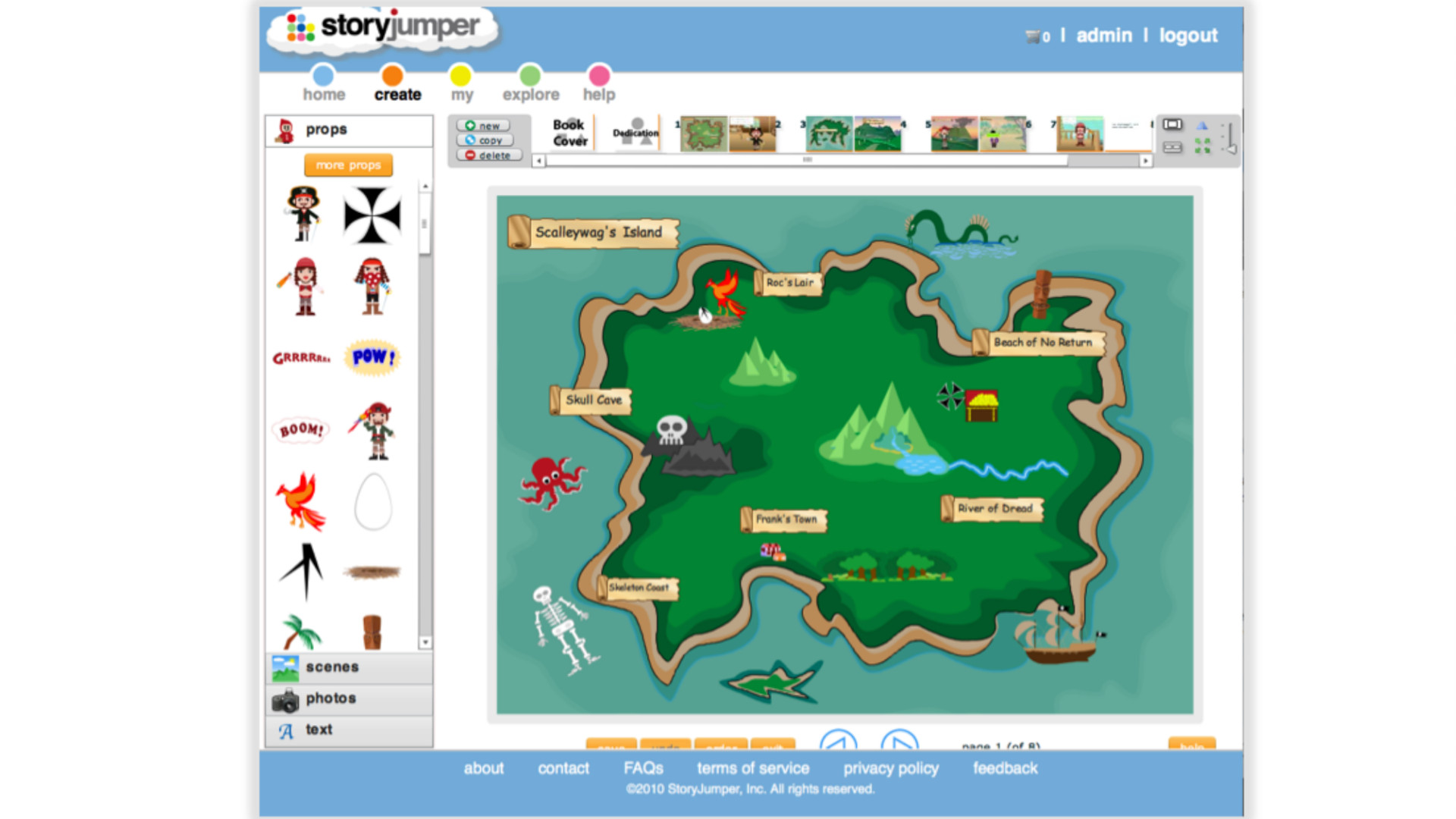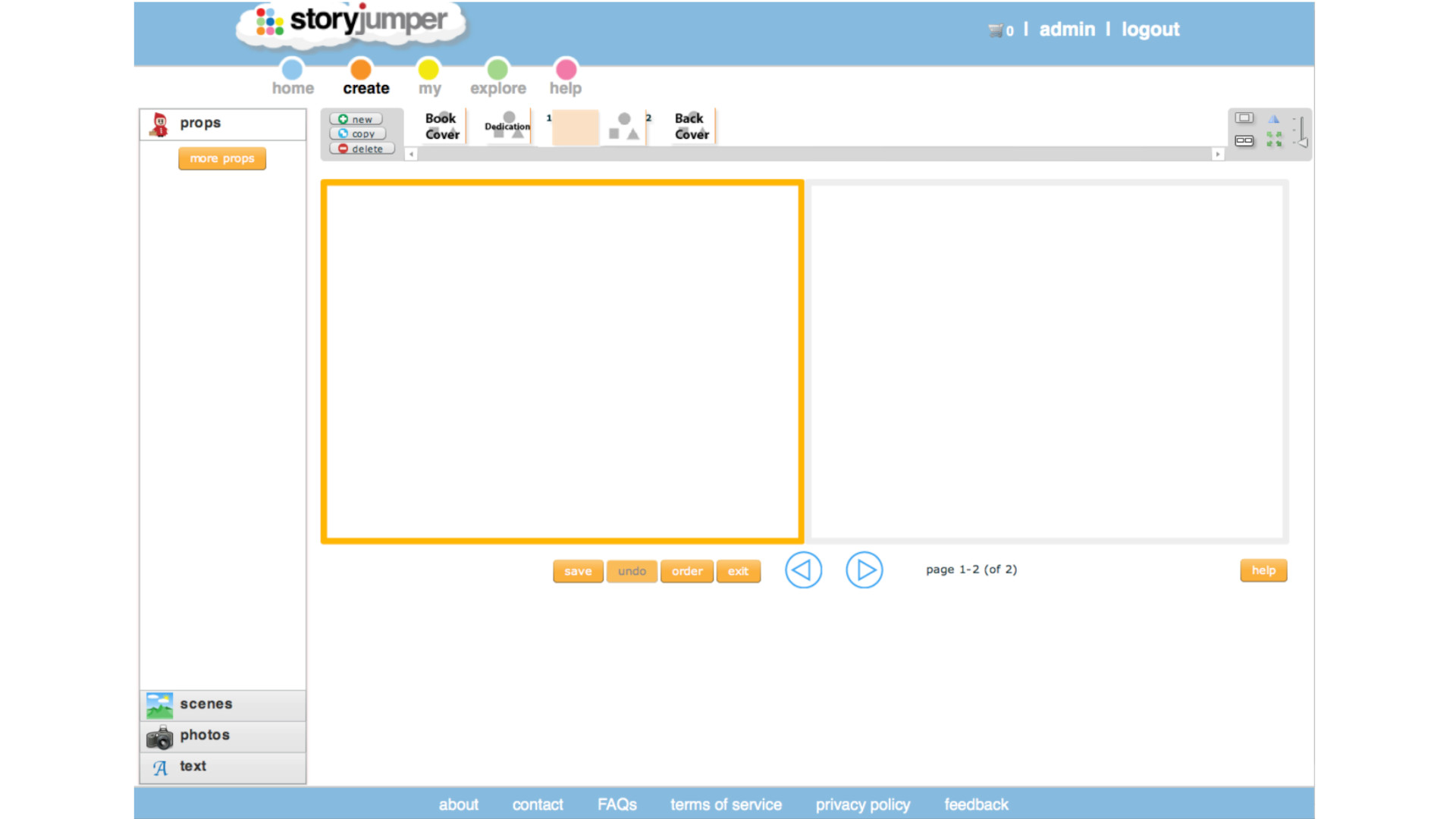StoryJumper: How To Use It To Teach
StoryJumper is a story creation tool that lets kids write, animate and publish their own stories

StoryJumper is a digital story creation tool that also lets you publish your stories in physical book format.
The idea is to offer a tool for creating stories digitally, complete with words and images. While that's fun and educational in and of itself, the fact you can publish the works adds to the excitement and learning experience.
The platform has a library of already-created books that allow students to get reading and to search for inspiration before working on their own creations. Selling published works is also an option that could be appealing for parents.
StoryJumper has lots of other teaching uses, all of which are explored in this guide.
What is StoryJumper?
StoryJumper is a digital story creation tool that allows students to write, illustrate, and arrange stories into book format. These can be shared digitally or published in physical books that can be purchased through the platform's library.

StoryJumper is easy to use with a library of images, a selection of fonts, and colors that can easily be arranged by students of a wide range of ages -- from around grade 1 and up.
The option is available to output to a digital format to share and read, or to pay for publishing of the book in physical form. For teachers there are helpful templates, teaching plans, and plenty of integration with the likes of Google Classroom, all making it a viable teaching tool.
Tools and ideas to transform education. Sign up below.
How does StoryJumper work?
StoryJumper offers a free-to-use service that allows teachers to sign-up for an account to get a dashboard, which makes distributing and managing works of the class an organized process.

Add students and you can set work tasks for individuals or groups to get creating their own stories. It can help to take the class through some guidance at first so they know how to use the tool -- but it is all quite simple.
Many useful templates are available to guide students, rather than simply setting them loose on blank pages -- which might be a little overwhelming for younger kids. It's also possible to create your own templates, which can be helpful when teaching something specific.
Once completed, students can share their work, have it printed, or leave it in the library for others to access publicly.
Usefully, this saves as you work so students won't need to worry about losing their creations. Also, since it is web-based, they can jump between devices to continue their project in class or at home on various devices.
What are the best StoryJumper features?
StoryJumper is simple to use when starting from scratch, and especially so when using templates to build stories.

Since images and text boxes are drag-and-drop, it makes the process intuitive and works across devices, including iPads. Since students can pick images from a library of options it can help to change how story creation comes about. Often the images may help inspire turns in the story that would not have come about from writing alone.
Google Classroom integration is helpful as that, combined with the dashboard, makes setting and accessing student work far easier for teachers. Lesson plans are also useful to get ideas on inspiring the class to start writing.
Students can add background music or even record voice-overs, which can make for more engaging multimedia projects. They can also insert their own images and artwork, opening the platform to further creativity as students become more adept as using the setup.
The Write-a-thon school fundraiser project is another useful tool that lets families and friends sponsor writing projects that can ultimately end up with a published winner.
How much does StoryJumper cost?
StoryJumper is free to use with no ads or tracking up front. If you want to publish the works, or access them in various downloaded digital formats you will need to pay.
A hardcover book, at 11.5-by-8.5 inches, is charged at $26.99 for up to 16 pages then its $0.66 per extra page.
Go for paperback book, at 8-by-6 inches, and it's $13.99 for 16 pages and $0.40 per page after that.
A video book download, in MP4 format limited to one hour, is charged at $7.99 per 16 pages and is $0.20 per extra page.
A PDF download is $2.99 for 16 pages and $0.20 per page more.
Go for an audio book at 16 pages and it's $2.99 plus that $0.20 per page over.
StoryJumper best tips and tricks
Work with templates
Set tasks using pre-built templates, and build your own if you want specific results from a certain project.
Hold a competition
Hold a Write-a-thon to see who can create the best story and have the winner published, all while raising funds for the school.
Start from words or images
Have students write a story or doodle images to inspire the other format, then swap order for another story and see which they found preferable.
Luke Edwards is a freelance writer and editor with more than two decades of experience covering tech, science, and health. He writes for many publications covering health tech, software and apps, digital teaching tools, VPNs, TV, audio, smart home, antivirus, broadband, smartphones, cars and much more.
